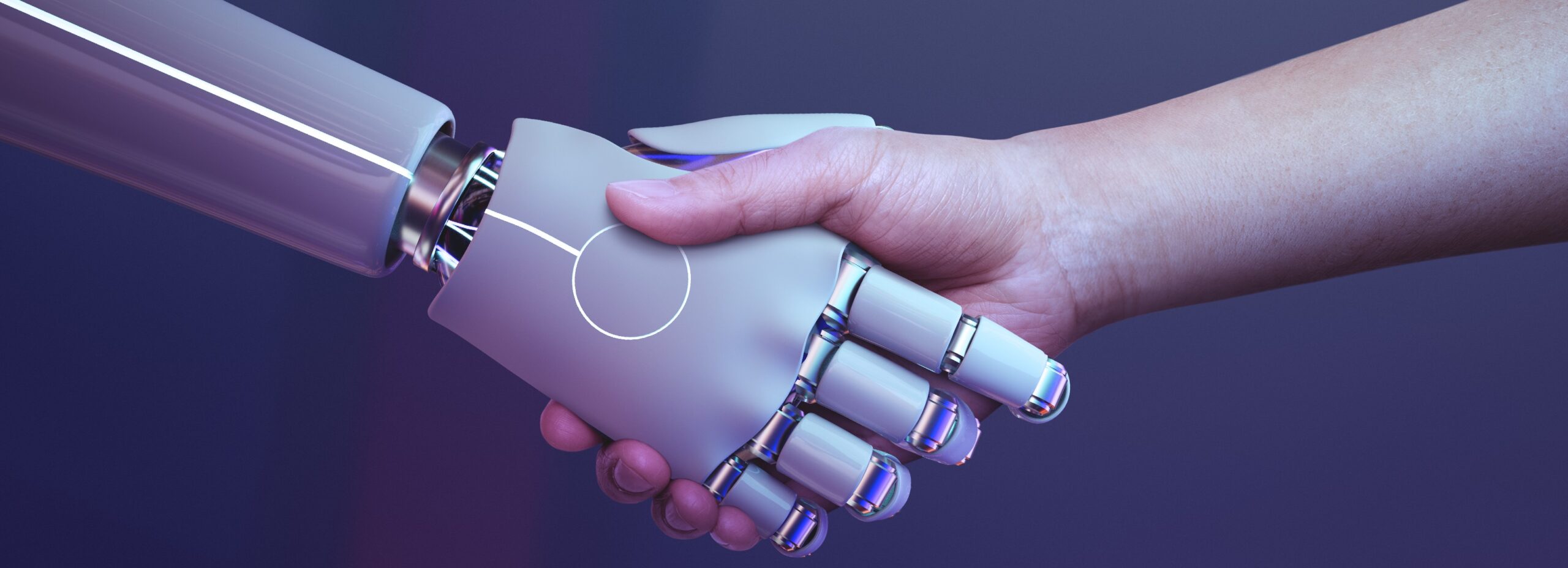Lifecycle Marketing is due for some renovation!
In the next 2 years I believe that #LifecycleMarketing is likely to undergo a serious transformation. As a concept it will always work (perhaps not in a linear fashion as it used to do). Nevertheless it cannot remain efficient without adapting to Customer behaviors that are shifting online.
Are your Lifecycle Marketing efforts aligned with your current Strategy?
The point of Lifecycle Marketing has always been… #marketingautomation and #engagement! It is supposed to automate some steps in building the customer relationship and the steps must be those that increase engagement. These steps have been ‘linear’ to a large extent although COnsumer behaviours are supposed to be changing in a nonlinear fashion.
What are we seeing at Digital Alchemy? Onboarding is at a decent quality level though there are some confines:
- The length of the Onboarding period varies amongst our clients and there are no specific reasons why it must be that long or short. We ask “What is your Strategy?” Finish compliance arrangements and then the Customer is eligible for various Marketing comms (subject to Customer preferences)? Sell stuff?
- What kind of #engagement is required or expected?
- The Onboarding phase can be “linear” as it is heavily influenced by compliance matters and these are usually sequential.
Is Lifecycle Marketing effective at building engagement?
Once a Customer is released into the eligibility pool, we see Lifecycle Marketing still influenced by product ownership. That is common in the market: products are designed to meet a specific Customer need and fulfilling that need/want is a good gauge of one’s life cycle.
I think that reliance on product ownership is going to be less revealing than what it used to be. There is one major issue in front of organisations we are observing that is beginning to get some attention:
- There is an almost total absence of digital touchpoints as a measure of Engagement; this is extraordinary given that most organisations are feverishly promoting apps and other digital assets to Customers.
It is imperative to weave digital touchpoints into Lifecycle Marketing. They provide proof that the Consumer journey is not linear; does it stay that way after a Consumer becomes a Customer? Generally-speaking digital signals are much more powerful because there are plenty of them and they are more real-time than anything else traditionally measured: Engagement (and its flip side, Attrition/Churn risk), changing needs, Segments, etc. need to go beyond just “Has Product Y/N”.
We help organisations clarify their thinking by shedding light on questions such asr:
- Which touchpoints are important? There are thousands of them on busy sites.
- How do I know when their importance is changing? This is happening all the time.
- How do I incorporate digital signals in my current work?
Getting used to blending offline and online in everyday activities will give you a tremendous business advantage in understanding life cycle stages a Customer may be going through.
This article is written by Yorgos Moschovis
